
Learning Hub
Explore the concepts driving innovation
-

Immunotherapy: Harnessing the Body’s Own Power to Fight Disease
In modern times, immunotherapy has revolutionized medical treatment and is being used to address a wide spectrum of diseases. Unlike traditional treatment methods that directly interact with the disease-causing agents, immunotherapy alters one’s own immune system to empower the body’s natural defense mechanisms for health restoration.
-
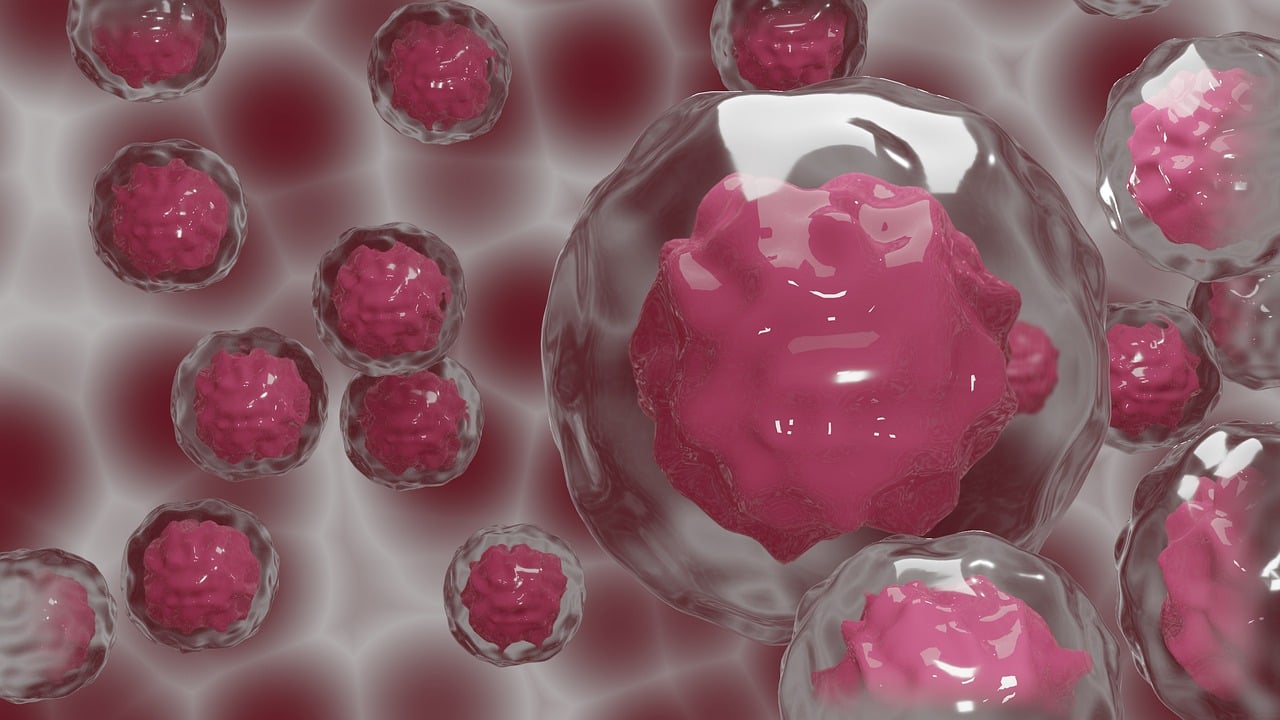
Organoids and Stem Cell-Derived Cultures: Miniature Organs, Major Breakthroughs
Organoids are multicellular organ-like structures made from stem cells that self-assemble and replicate the architecture, cellular complexity, and sometimes the function of actual organs, all in the lab. For many decades, scientists have used flat, two-dimensional cell cultures—easy, but far from the complexity of natural tissues. Organoids and similar stem cell-derived models fill this gap.
-
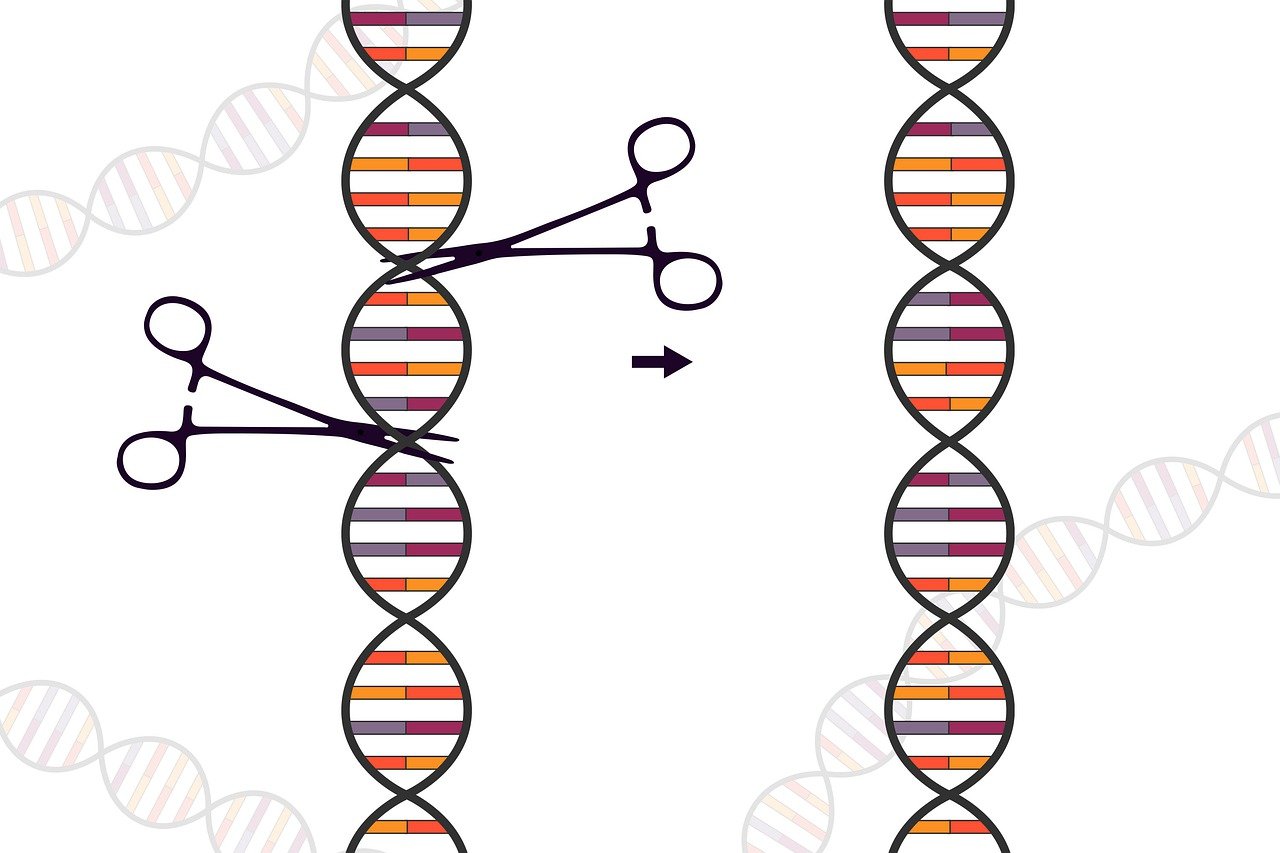
CRISPR-Cas Systems: Microbial Memory Meets Molecular Precision
CRISPR means Clustered Regularly Interspaced Short Palindromic Repeats, while Cas denotes the CRISPR-associated proteins that serve as molecular protectors. Together, they create a living repository and a set of tools for natural, adaptive immune response found in bacteria and archaea. CRISPR-Cas systems also allow us to interpret, compose, and modify the blueprint of life.
-
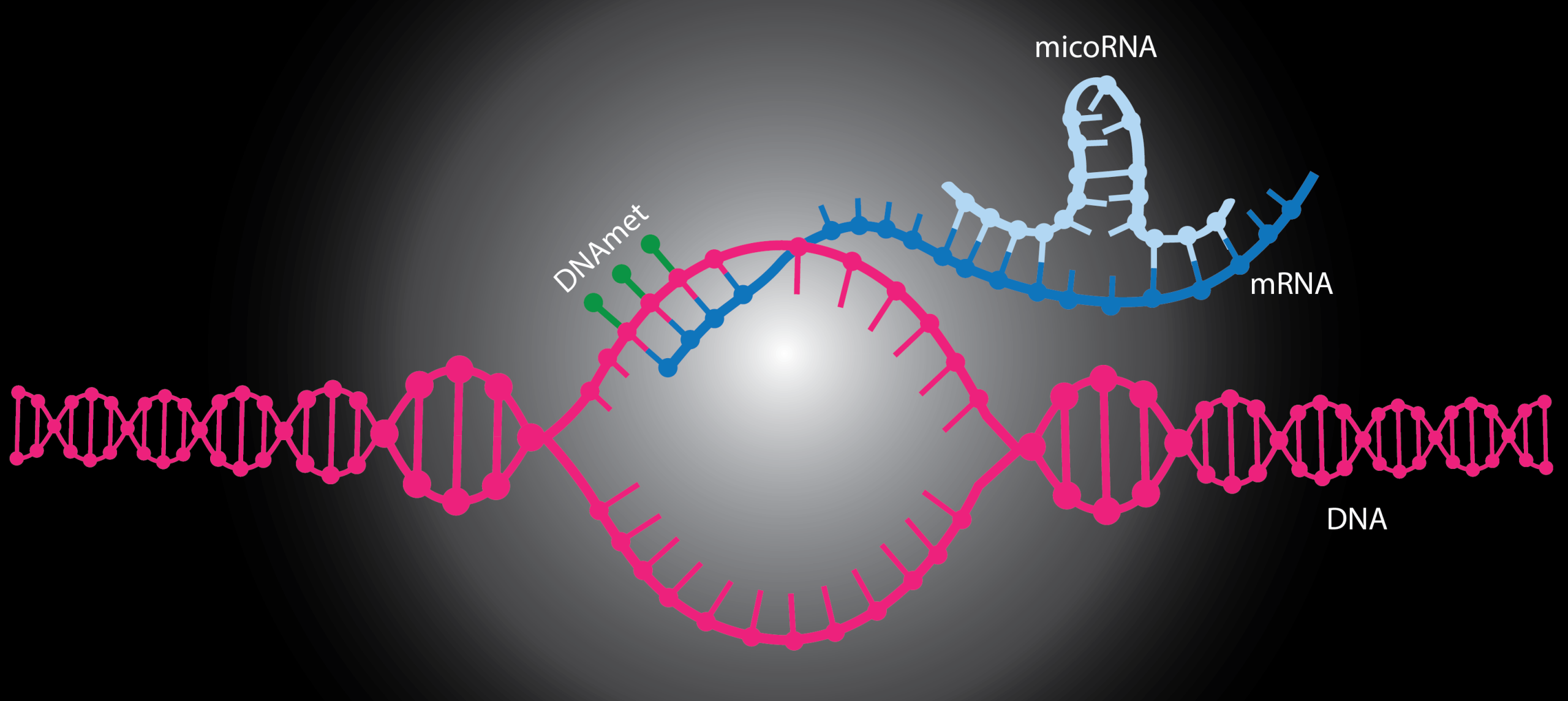
Multi-Omics Analysis: Deciphering Biological Complexity at Scale
Living systems are choreographed across numerous molecular levels, each affecting and reacting to the others in an ongoing dance. Multi-omics analysis is the scientific revolution that combines these disparate layers—genomics, transcriptomics, proteomics, metabolomics, epigenomics, microbiomics, and others, presenting a wide-angle, systems-level perspective on biology that any single method cannot.
-
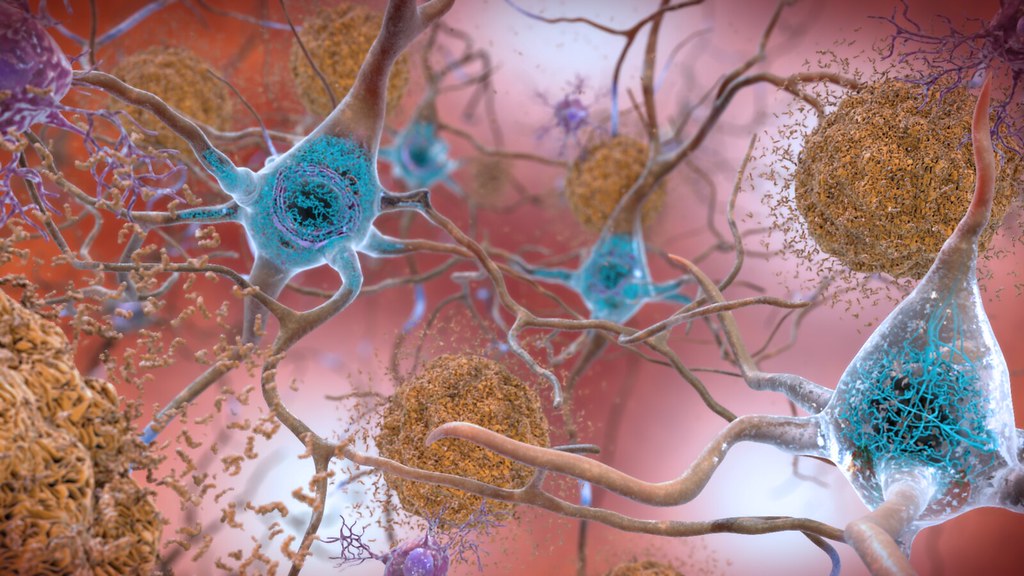
The Science of Misfolding: Understanding Protein Aggregation and Amyloid Formation
The specific three-dimensional shape of proteins is crucial to their proper functioning. But when the native conformation of proteins gets disrupted, it marks the beginning of protein misfolding and aggregation, processes that usually lead to significant health issues, most notably through the creation of specific, problematic aggregates called amyloids, which often lead to neurodegenerative diseases.
-

Regenerative Medicine: Restoring What’s Lost, Renewing Life
Regenerative medicine brings forth interdisciplinary collaboration to address the root cause of tissue damage or organ failure, moving beyond merely managing symptoms. The core strategy is to leverage the body’s innate healing mechanisms or to introduce new biological components to repair, replace, and regenerate damaged cells, tissues, and entire organs.
-

Ultrasound Imaging: A Mature Diagnostic Pillar Embracing Emerging Frontiers
Ultrasound imaging has long played a key role in medical diagnosis, particularly in the fields of obstetrics, cardiology, and abdominal imaging. It is one of the safest medical imaging modalities available. It doesn’t use ionizing radiation, and the sound waves used are at very low power and do not cause any known harmful effects.
-
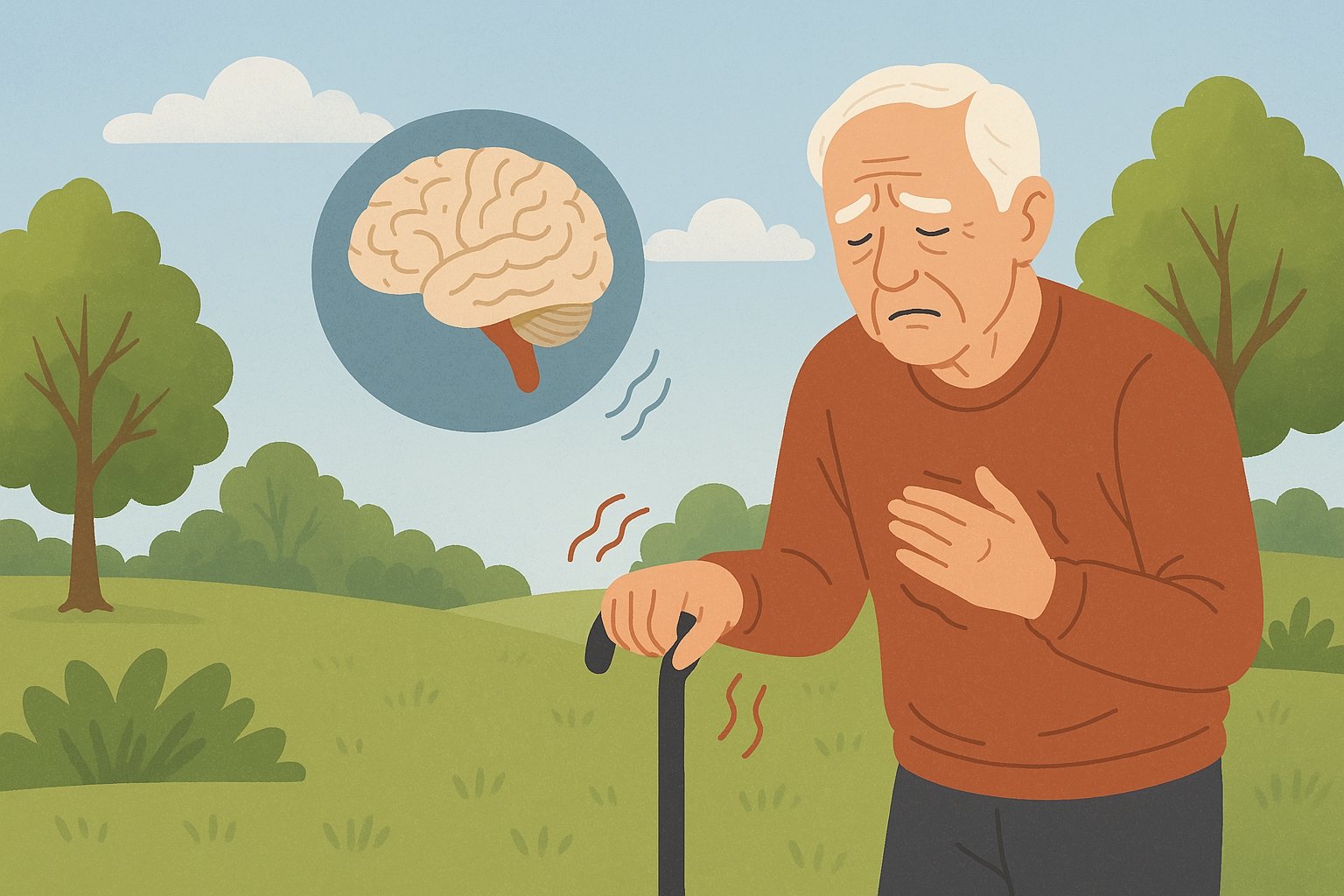
Parkinson’s Disease: Symptoms, Causes, and Emerging Insights
Parkinson’s disease is a progressive neurodegenerative condition that affects millions of people globally, and is the second most prevalent neurodegenerative disease after Alzheimer’s. PD primarily involves the relentless neurodegeneration of neurons in one section of the brain named the substantia nigra, the very same cells that are responsible for generating dopamine.
-

Phage Therapy: A Resurgent Solution to the Antibiotic Resistance Crisis
A number of promising strategies are now being employed to counter the threat of AMR, and among them phage therapy is noteworthy. This promising, re-emerging approach utilizes bacteriophages—viruses that exclusively infect and kill bacteria. Phage therapy isn’t new; its history dates back to the early 20th century.
-
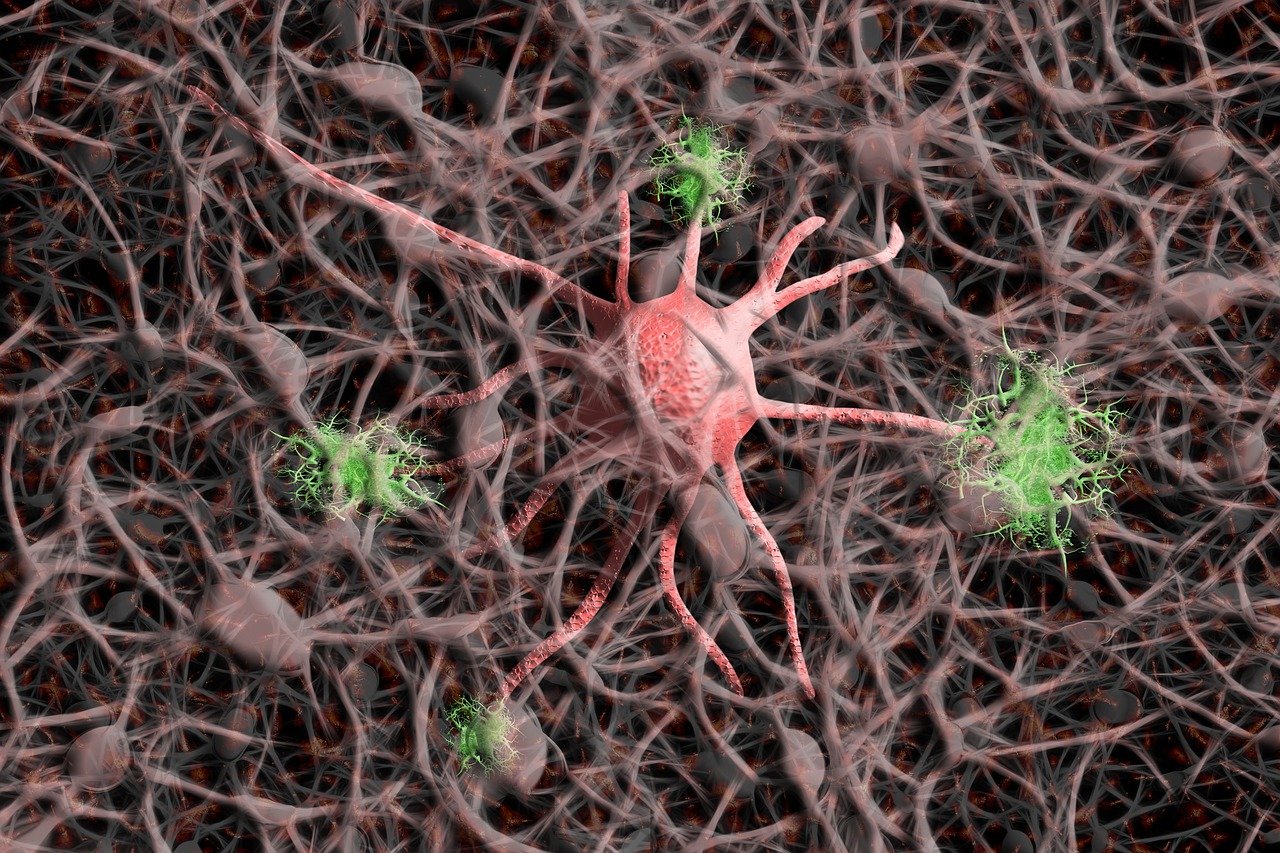
Neurodegeneration: Unraveling the Brain’s Decline
Neurodegeneration refers to the slow, progressive loss of structure and function of neurons. With the world’s population aging at an alarming rate, neurodegenerative illnesses are emerging as a world health crisis. The majority of such diseases are still incurable, with treatments available only to provide temporary relief or management of symptoms.